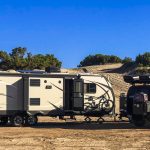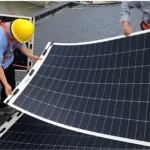What are DC and AC power?
What is DC?
What is AC?
For example, alternating current (AC) is generated by alternators in nuclear, hydroelectric, coal and gas power stations. As an international standard, alternating current is used in all household appliances and motors.
Differences Between DC and AC
Almost all modern electronic devices and equipment use DC power, which is why they have chargers or power adapters – adapters that convert AC power to DC power. Although these devices may use AC signals, they actually run off of a DC power supply. One of the reasons these devices need DC power is because they have transistors, which are the essential backbone of integrated circuits that require DC voltage to operate.
How to convert DC to AC?
Converters rely on transistors and constantly change the DC current (e.g. 50,000 or 50kHz) multiple times per second to automatically affect this change to achieve the desired AC output. A DC to AC converter or inverter is required when the user needs to convert the generated DC to AC. We focus on one of these scenarios below.
When you need to convert dc to ac power?
Can all inverters (DC to AC inverters) be used in reverse to convert AC to DC?
In general, almost all modern DC to AC inverters can convert AC to DC, but only under the right circumstances. Most modern inverters have the proper circuitry to handle AC to DC conversion, but require proper controls that many inverters may not be able to handle. In most cases, while many inverters can convert AC to DC, they are not necessarily designed for this purpose. If the use case requires it, we recommend purchasing an inverter that is specifically designed with this capability.







